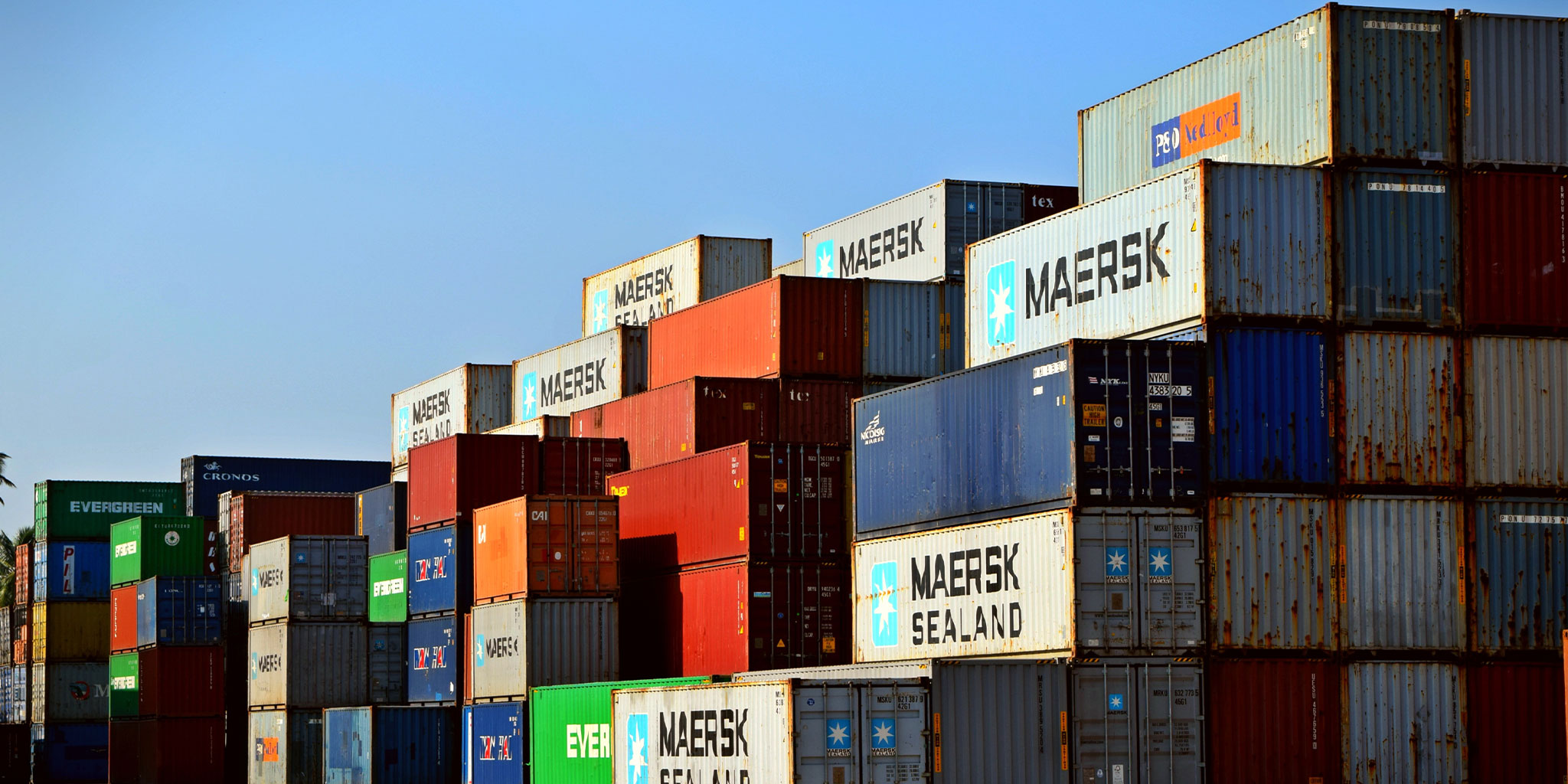Economic Impact
There’s no doubting Channel Tunnel is a major engineering achievement. Constructed between 1988 and 1994, it’s the world’s second longest undersea tunnel, stretching for 50.4km beneath the English Channel to France, costing around £9 billion at the time of completion (the equivalent of £19 billion in 2022). A cost that, if it were to be built all over again today, would be paid for in a heart-beat.
If the link were to be passenger only, the tourism value to the UK of around £1.7 billion pounds a year could likely be justified. But then there’s the £91 billion in trade that the link represents for the UK economy, a figure that would have politicians lining up at the tunnel face on both sides of la Manche with shovels to lend a hand. A quarter of all trade between the UK and EU (30% of exports and 22% of imports) depend on the speed, ease and reliability of the rail connection. Goods transported through the Channel Tunnel are imported and exported to every region of the UK. It has fundamentally changed the way the UK does business, thanks to the ability to link directly into the road and rail networks of the UK and continental Europe.
A couple of the industries that have benefitted the most include manufacturing, able to take advantage of the Just-In-Time production practices, as well as express delivery for logistics companies and fresh food producers. But steel, motor vehicles, computers/electronics and processed foods industries all utilise the tunnel to get their products to markets.
Un-utilised capacity of the Channel Tunnel
In 2013 Eurotunnel, the operator of the Channel Tunnel, announced it would be reducing its track access charges by 50% with the hopes that it would lead to the number of freight trains through the tunnel increasing to 5,000 per year.
This announcement lead to the European Commission dropping an infringement procedure against the UK and France. The halving of the one-way access charge, about €4,500, per freight train is aimed at reducing the 43% unused capacity. This in turn will help relieve a major bottle neck in Europe’s transport network and in turn benefit the consumers that are served by the continents transport services.
Additionally, rail is by far the most efficient way of transporting goods, so the environment benefits from moving away from road haulage over long distances.
Outside of Europe
In October 2021 the first fully loaded container train to travel from Shanghai in China to the UK arrived at DB Cargo’s London Eurohub Terminal, a journey of 7450 miles, halving the journey time it would normally take a container to make the same trip when transported by ship.
Part of the envisioned ‘Belt and Road’ corridor project that China hopes to establish a new ‘Silk Road’ connecting the economic power-house with Europe and the UK more efficiently.
If you have any questions regarding the Channel Tunnel and trade, please get in touch.

